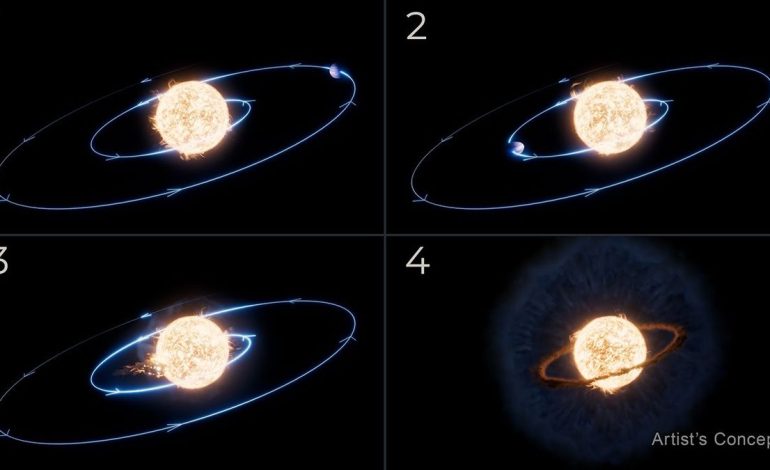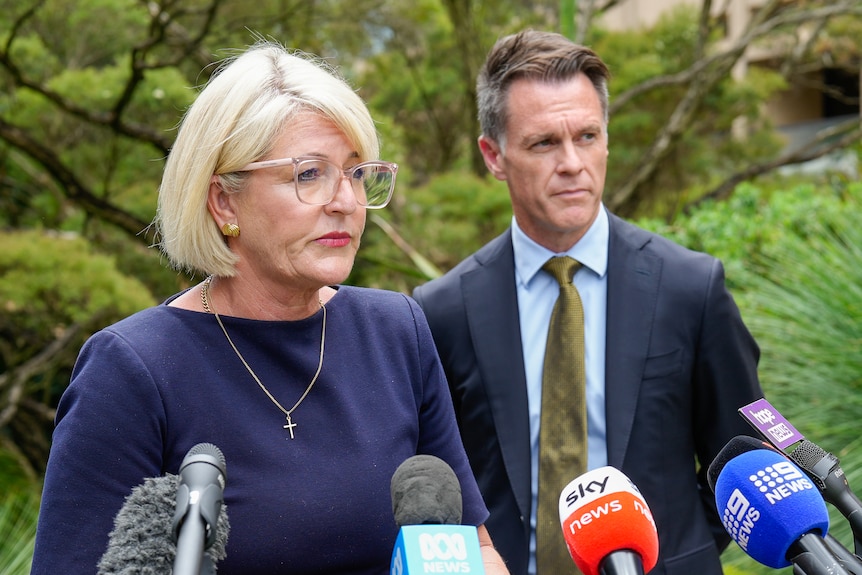NASA Expands Deep Space Network with New Dish to Support Distant Spacecraft Communication

NASA is expanding its Deep Space Network (DSN) with the addition of a new radio antenna at its Canberra facility in Australia.
The new dish, named Deep Space Station 33 (DSS-33), will be the fifth antenna at this site, and part of the agency’s efforts to enhance its ability to support spacecraft communication.
The new station, which will be operational by 2029, marks the completion of NASA’s Deep Space Network Aperture Enhancement Program. This initiative involves constructing six parabolic dishes to handle the growing volume of data from current and future missions. The program is designed to address the increasing demands of deep space exploration and the complex communications required by distant spacecraft.
NASA’s DSN plays a crucial role in relaying communication between Earth and spacecraft exploring the solar system and beyond. The network consists of three major facilities strategically positioned around the globe—in Barstow, California, Madrid, Spain, and Canberra, Australia. This global placement ensures that at least one facility is in position to maintain continuous contact with spacecraft, regardless of Earth’s rotation or the spacecraft’s position in orbit.
The new DSS-33 antenna will be a 112-foot (34-meter) multifrequency beam-waveguide (BWG) antenna. This advanced technology uses five mirrors to direct radio signals coming from spacecraft along a beam waveguide tube, where the signal is then converted into interpretable data. This system will enable NASA to maintain and enhance communication with spacecraft on long-term missions.
Canberra’s facility is especially important for NASA’s ongoing communication with the Voyager spacecraft, particularly Voyager 2, which is currently over 13 billion miles (20.9 billion kilometers) away from Earth. Voyager 1 also communicates with the network, but it can only receive commands through the Canberra site. The new antenna will further support these historic missions and help extend the reach of deep space communication.









The latest news in your social feeds
Subscribe to our social media platforms to stay tuned